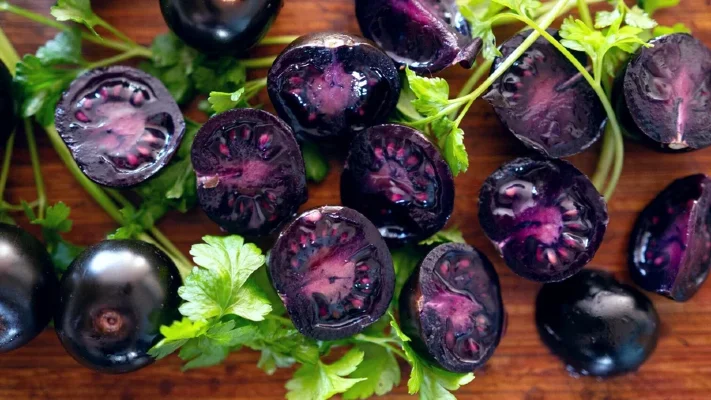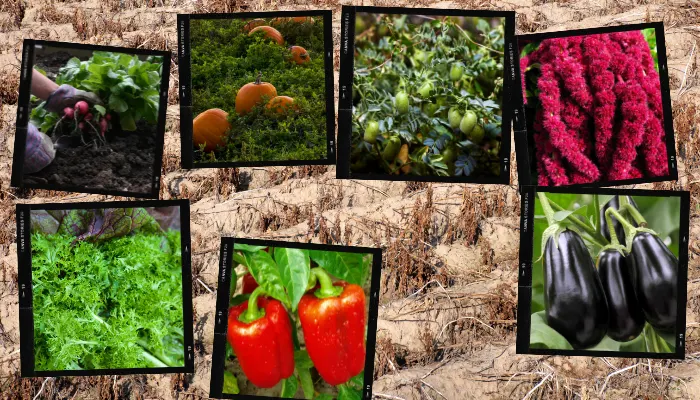For those who love gardening, flipping through seed catalogs is an annual ritual filled with dreams of lush heirlooms and vibrant gardens. This year, there’s a groundbreaking addition to your planting palette: imagine a tomato, not the usual red, but a deep, mesmerizing purple, akin to a concord grape. This isn’t a trick of the light or a digital manipulation; it’s real, thanks to the innovative work of Norfolk Plant Sciences.
For two decades, the team at Norfolk has been on a quest to blend the beauty and health benefits of snapdragon flowers with the versatile tomato. The result is a purple tomato that’s not just striking in appearance but packed with anthocyanins, the same beneficial compounds found in superfoods like blueberries and blackberries.
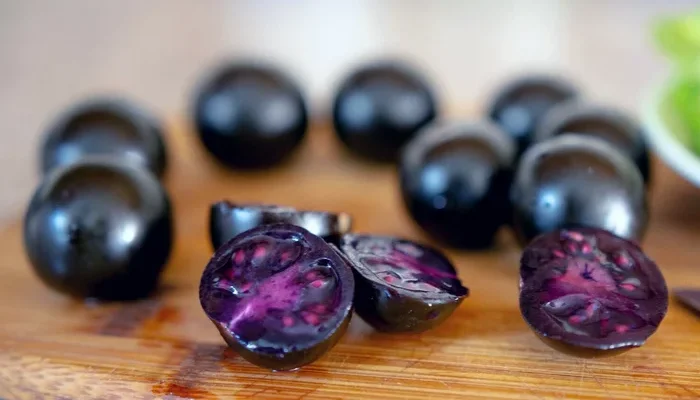
Nathan Pumplin, the CEO behind this creation, shares, “We aim to show with this product and with this company that there’s a lot of benefits that can go to consumers through biotechnology, better taste, better nutrition as prime examples.”
The Science Behind the Hue
At the helm of this project is Cathie Martin, a biochemist with roots at the University of Cambridge. Her vision was clear: to engineer a tomato that brings the health-boosting anthocyanins directly to your plate. “It’s normal for tomatoes to make these healthy antioxidants. They typically don’t make them very much in the fruit, though,” explains Pumplin.
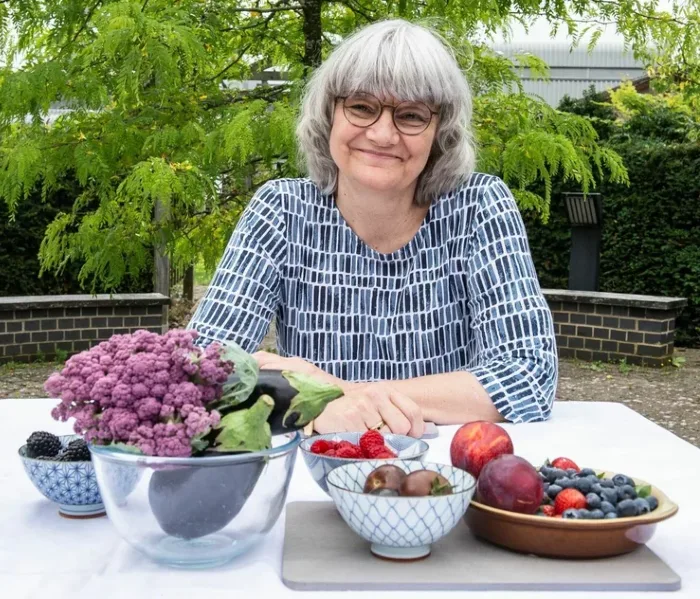
By inserting the gene responsible for snapdragon’s vibrant color into the tomato, Martin and her team have unlocked a new way to consume antioxidants.
This innovation has led to a tomato that rivals blueberries in its anthocyanin content, making these powerful nutrients more accessible to everyone. And the benefits are tangible; research published in Nature shows that these genetically modified tomatoes can have a significant impact on longevity, with mice living 30% longer when their diet included these purple wonders.
Riding the Next Wave of GMO Innovation
Kathleen Hefferon from Cornell University highlights a shift in GMO technology. Initially focused on making staple crops like rice and corn more robust, the aim was food security worldwide. “There was a real push of trying to achieve food security for a lot of populaces in developing countries,” Hefferon explains. This effort saw successes like the transgenic papaya in Hawaii, that single-handedly saved the industry from viral devastation.
Now, the spotlight is on biofortified foods such as the Purple Tomato, signaling a move towards enhancing life quality and longevity. “People have interest in their quality of life, for longevity and things like this,” says Hefferon, hinting at a broader health trend.
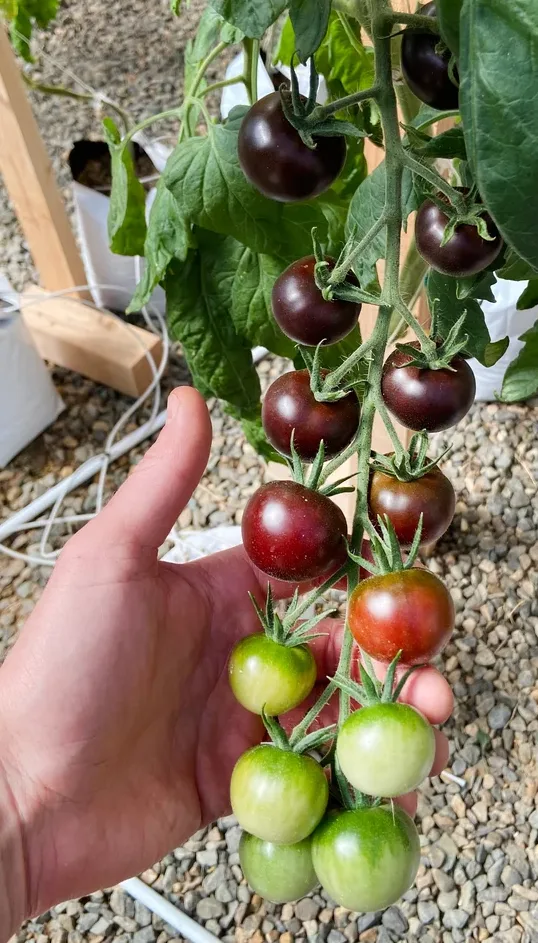
In a similar vein, 2020 saw the debut of Fresh Del Monte’s pink pineapple, rich in the antioxidant lycopene, known for giving tomatoes and watermelons their rosy color. Unlike the Purple Tomato, available to all, this pink pineapple remains exclusive to its creators.
A Nod to Nature’s Original Geneticists
Jim Myers of Oregon State University reminds us that traditional breeding has long been enriching our diets. Myers himself has been blending the genes of wild and modern tomatoes, aiming to boost anthocyanin levels in the fruit. This led to the creation of the ‘Indigo Rose,’ a tomato with more anthocyanins, offering health benefits directly from the garden. “I don’t know if supercharging is the right word, but we’re definitely enhancing their potential to provide benefits to human health,” Myers comments on his work.

The ‘Indigo Rose’ was just the beginning. Now, the Indigo collection boasts varieties like ‘Indigo Cherry Drops’ and ‘Midnight Roma,’ available for anyone to grow. This effort in traditional breeding has yielded over 50 cultivars of Indigo tomatoes, celebrated worldwide.
Yet, Myers observes a potential challenge for the Purple Tomato in winning over hearts and minds, given the skepticism towards GMOs. “There’s going to be this cognitive dissonance for some people in that here is a tomato that has these potential health benefits … contrasting with the origins, which was through genetic engineering,” he notes, highlighting the juxtaposition between genetic engineering’s promise and its perception.

Turning the Page on GMO Perceptions
The GMO landscape has been dominated by crops like corn and soybeans, genetically modified to withstand herbicides. As of 2023, a staggering 91% of corn grown in the U.S. embraces these herbicide-tolerant seeds. Mark Lynas, author of “Seeds of Science: Why We Got It So Wrong On GMOs,” points out that the prevalence of such crops has skewed public opinion against GMO technology. “It enabled people who were concerned about the technology to really draw the conclusion that this was all about increasing agrochemical use,” Lynas explains, highlighting a missed opportunity to promote GMOs that reduce herbicide dependence.
However, the introduction of the Purple Tomato might just shift the narrative. Lynas praises Norfolk’s strategy to market directly to consumers as a brilliant move to demystify GMOs. “Stop just doing the GMO stuff with these big corporate, commodity cash crops and do something ordinary people can have in their hands,” he suggests. The message is clear: GMOs aren’t just about big agriculture; they’re about tangible benefits like healthier produce.

Despite ongoing debates about GMO safety, decades of consumption and numerous studies have not shown adverse health effects. The U.S. Food and Drug Administration supports this, finding no health risks associated with GM foods available today.
More To Discover
Lynas believes in the potential of GMOs to enhance sustainability, improve global livelihoods, and protect the environment. “If we focus on that, then we can make sure that these biotechnologies actually have outcomes and applications which are better for the planet and better for people overall,” he asserts.
Nathan Pumplin is optimistic that the Purple Tomato can erode the longstanding skepticism towards GMOs. Success, for him, is measured by consumer acceptance of the tomato’s health benefits, vibrant color, and taste. “Then it chips away at this negative perception of GMOs and that will enable other products to get out to market that deliver really solid benefits,” Pumplin notes, envisioning a future where GMOs are recognized for their contributions to climate change mitigation, sustainability, health, and nutrition.







